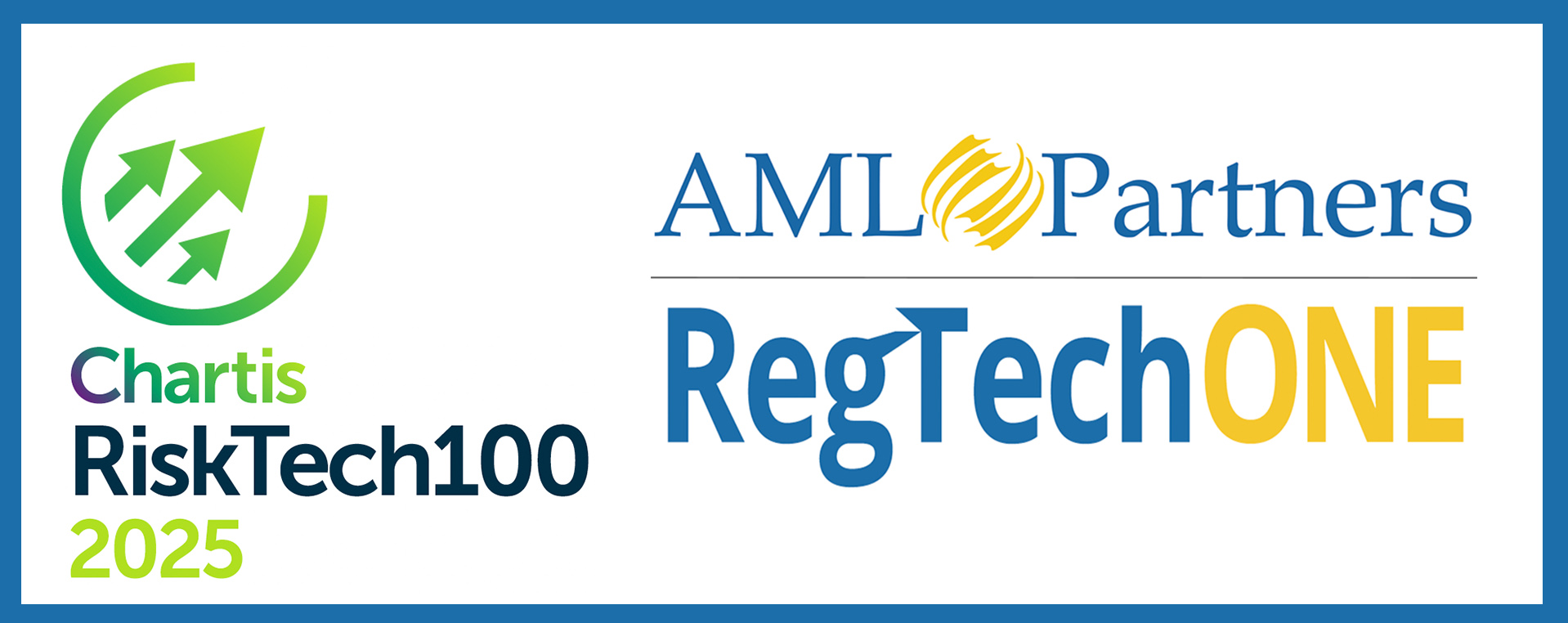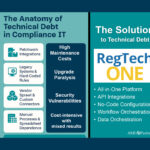
Fentanyl financial crime: A global pervasive problem
FinCEN released its 2024 Financial Trend Analysis on fentanyl-related illicit finance to reveal how traffickers weave through the U.S. financial system and global banking networks. This FinCEN analysis covers 1,246 Bank Secrecy Act filings from January through December 2024, flagging roughly $1.4 billion in suspicious transactions tied to the procurement of precursor chemicals, the movement of finished fentanyl, and the laundering of illicit proceeds.
Traffickers tap U.S. banks and MSBs
Depository institutions filed 57 percent of fentanyl-related BSA reports, while money services businesses (MSBs) accounted for another 32 percent. Electronic funds transfers (EFTs) appeared in 80 percent of reports, which illustrates cartels’ reliance on wires and correspondent banking to send money abroad. Meanwhile, domestic sales generated high volumes of cash—referenced in 54 percent of U.S.-based trafficking reports. Additionally, peer‑to‑peer (P2P) transfers, noted in 51 percent of filings, often flagged by coded memos like “blues” or blue‑dot emojis that indicated pill colors.
Global flashpoints: Mexico and China lead
Mexican cartels, notably the Sinaloa Cartel and Cartel Jalisco Nueva Generacion, dominate the supply chain and money laundering. Nearly one‑third of Mexico‑based subjects in BSA reports hailed from Sinaloa and Jalisco, with border states like Baja California and Sonora facilitating cross‑border flows. Traffickers use front companies, money mules, and U.S. intermediaries to send wire transfers for precursor chemicals to Chinese suppliers. In one case, dozens of individuals in Culiacán sent small transactions to the same China‑based chemical firm, a “many‑to‑one” layering tactic.
In the People’s Republic of China (PRC), suppliers market precursor chemicals and pill‑press machinery via e‑commerce platforms. These are often listed as Chemical Abstracts Service numbers to mask illicit intent. FinCEN noted that 83 percent of filings involving PRC companies showed bank wire payments, while MSB and convertible virtual currency transfers supplemented their revenue streams.
Alternate suppliers and online pharmacies
Bank Secrecy Act (BSA) reports also named Canada, the Dominican Republic, and India as secondary sources. Canada‑based companies advertised lab equipment; Dominican filings flagged illegal online pharmacies shipping counterfeit, fentanyl‑laced pills; and India‑based chemical firms received wires for precursor sales—though to a lesser extent than PRC counterparts.
U.S. hotspots and transaction patterns
Financial institutions flagged subjects in every state, but California (845 reports), Florida (698), and New York (514) led in the number of state-related filings. Southwest border counties in California and Arizona—as well as Miami‑Dade, Broward, and Palm Beach in Florida, plus the Bronx and Kings in New York—surfaced repeatedly as collection points.
Domestic traffickers layer illicit cash via structuring: Roughly 20 percent of cash reports described deposits split across branches or ATMs to avoid Currency Transaction Reports. P2P platforms served as quick‑placement points, moving street‑level proceeds with euphemistic memos like “ills” or “dirty 30s.”
Money laundering: From simple wires to professional networks in fentanyl-related financial crime
The simplest schemes involved MSB wires repatriating cartel profits to Mexico in near‑identical amounts clustered within minutes. One MSB agent’s cash deposits, funding outbound transfers to Mexico and Guatemala, deviated sharply from historical seasonal patterns. This deviation from predictable patterns triggered alerts.
At the other extreme, professional money laundering organizations (PMLOs) — including Chinese money laundering organizations (CMLOs) — executed intricate layering. CMLO networks used “mirror transfers” to swap renminbi for U.S. dollars via underground banking. This included purchasing cashier’s checks with bulk cash deposits and orchestrating cross‑country pick‑ups under the guise of legitimate businesses.
Trade‑based schemes further illustrate the complexity of the schemes. One network moved electronics and vape devices as a cover. U.S. wholesalers received cash, ACH, wire, and P2P from third parties, and they then wired funds to a PRC exporter—all while web‑sharing login credentials to mask shared ownership. These trade-based money laundering reports, though only 2 percent of filings, represented 42 percent of the total suspicious dollar volume.
Key takeaways for fentanyl financial crime trends
- Watch for low‑dollar, high‑frequency wires: Many traffickers split large sums into smaller transfers just under reporting thresholds.
- Monitor P2P platforms and emotive memos: Codes like “blues” or emojis hint at illicit drug sales.
- Screen for CAS numbers in trade invoices: Legitimate industries rarely list these identifiers in payment instructions.
- Assess “many‑to‑one” patterns: Multiple accounts funneling to a single beneficiary often signal layering.
- Stay vigilant on trade flows: Ubiquitous products like electronics and vaping-device shipments may hide trade‑based laundering.
By translating BSA filings into actionable red flags, financial institutions can choke off illicit finance at every stage. This vigilance helps law enforcement dismantle networks that fund the fentanyl scourge. FinCEN encourages feedback and partnership to sharpen these typologies and protect both communities and the integrity of the financial system.

Choose AML orchestration platform for peak AML Compliance and Risk Management
To maximize the effectiveness and efficiency of your institution’s efforts to fight financial crime, choose RegTechONE® for the best AML Compliance and Risk Management. RegTechONE features workflow orchestration, no-code workflows, data orchestration, and AI/ML functionality. Learn more about how RegTechONE is your best RegTech solution and contact us to learn about proof of concept and demonstrations.

